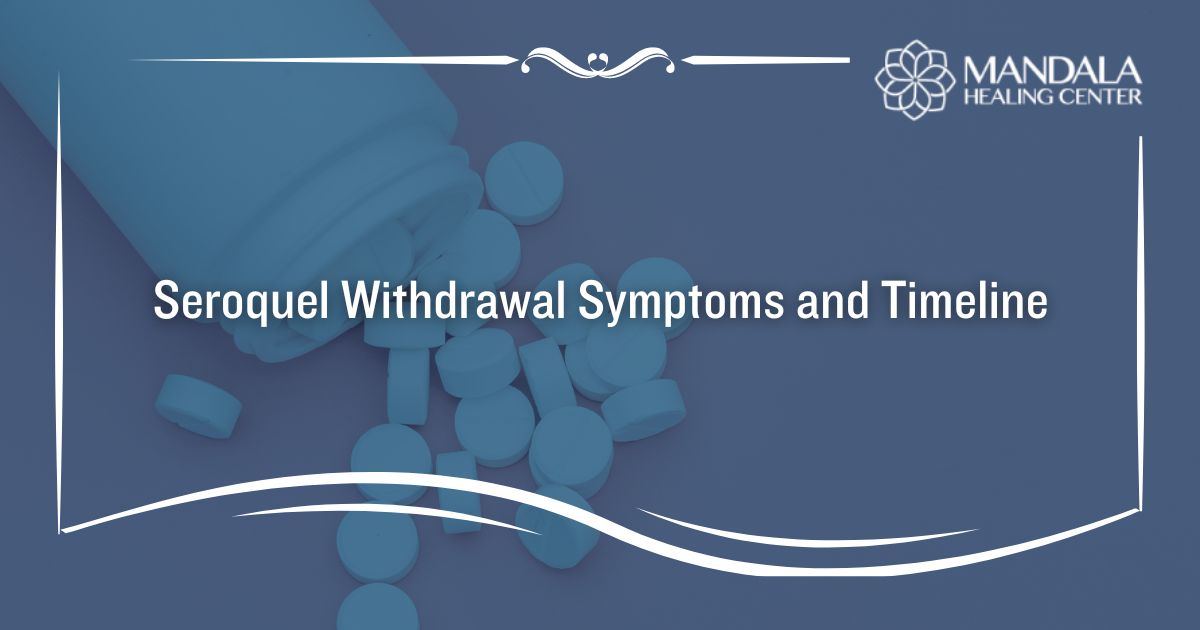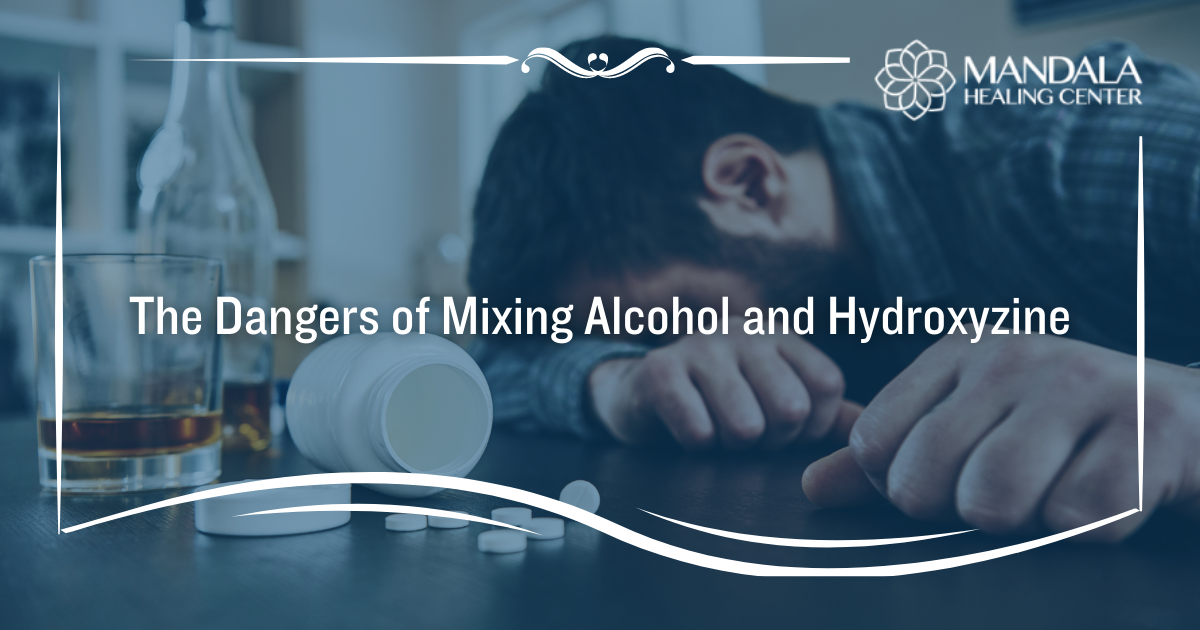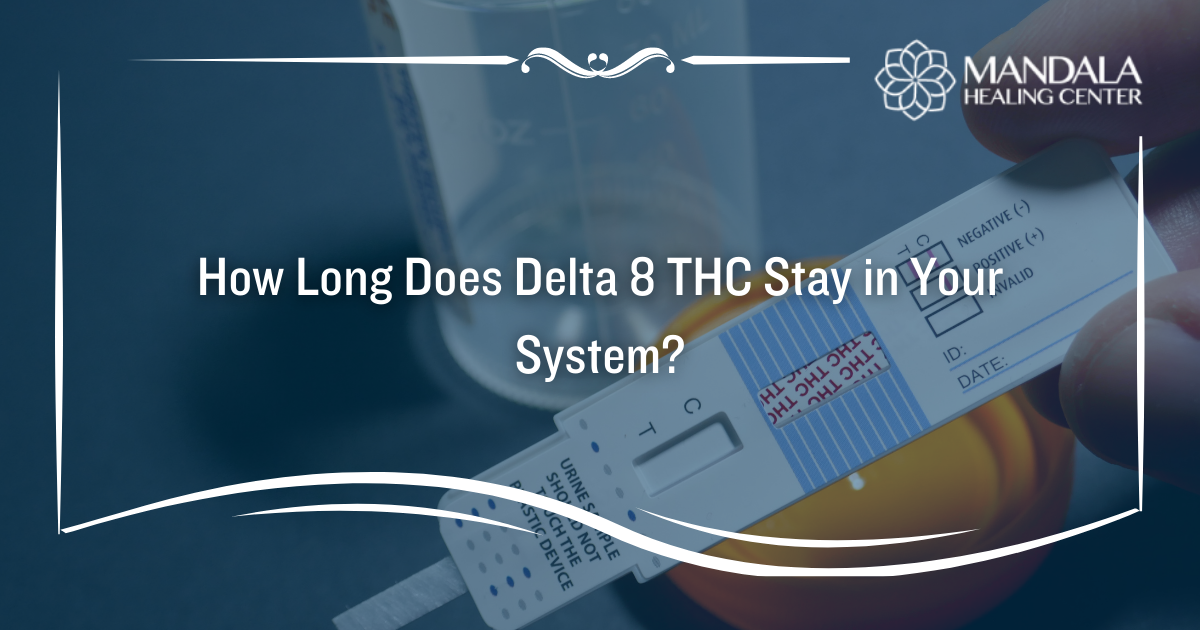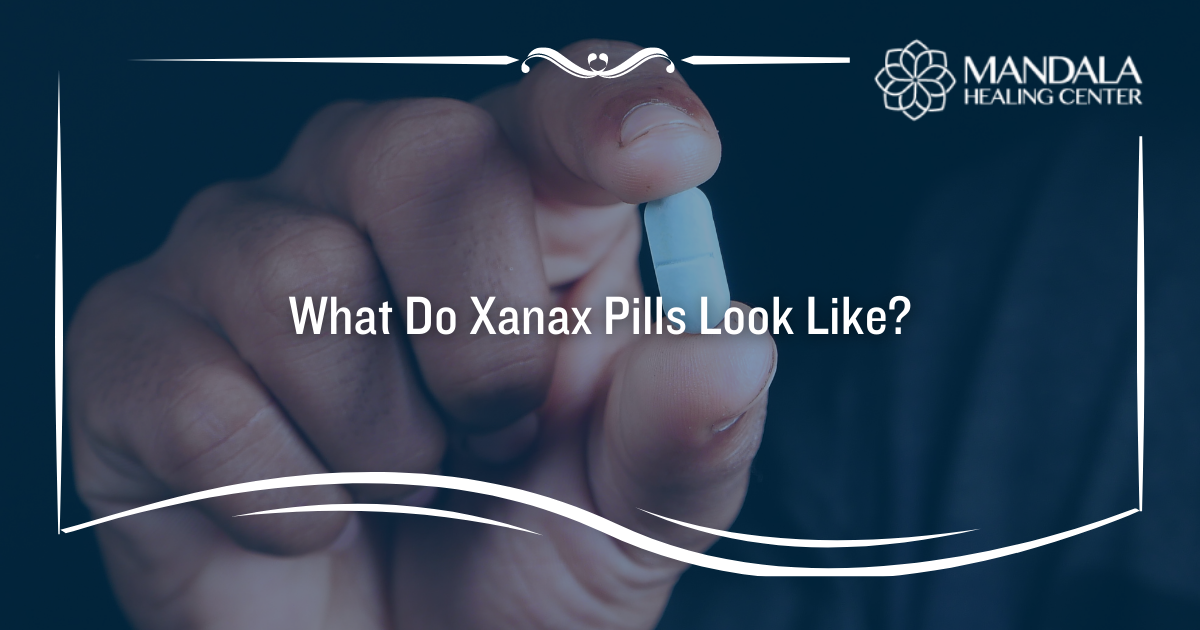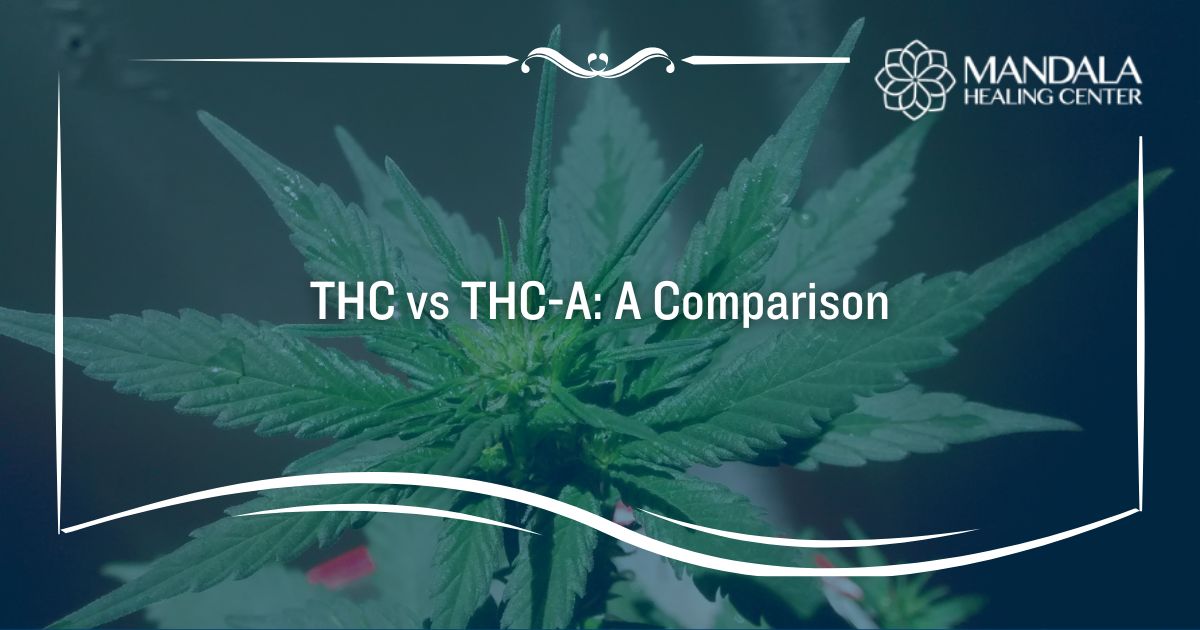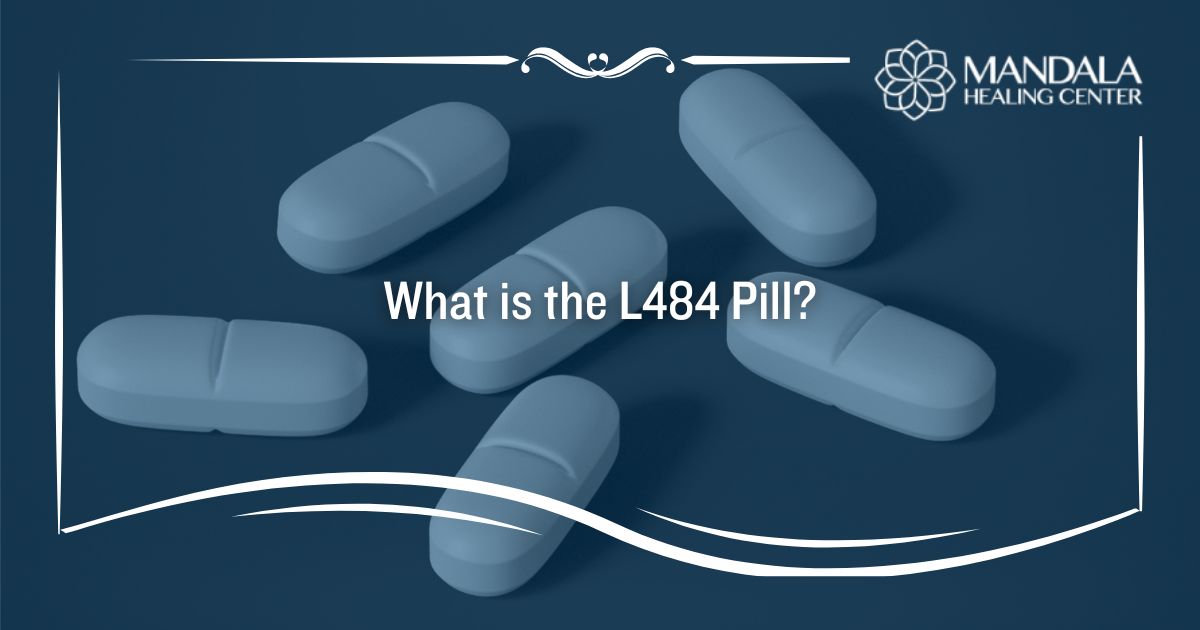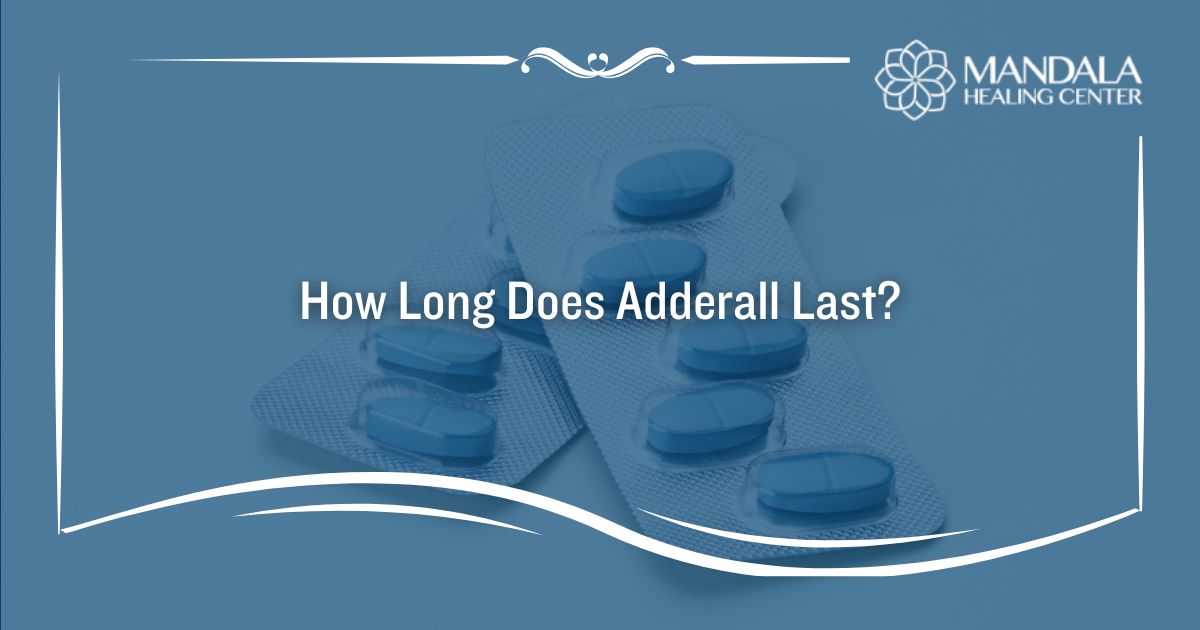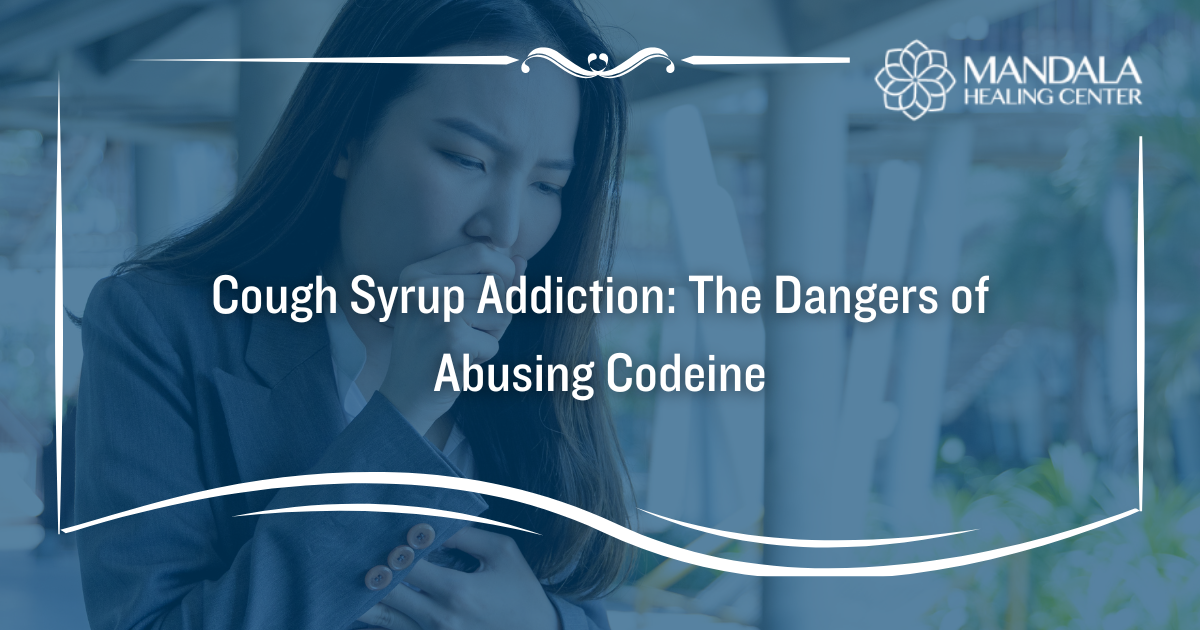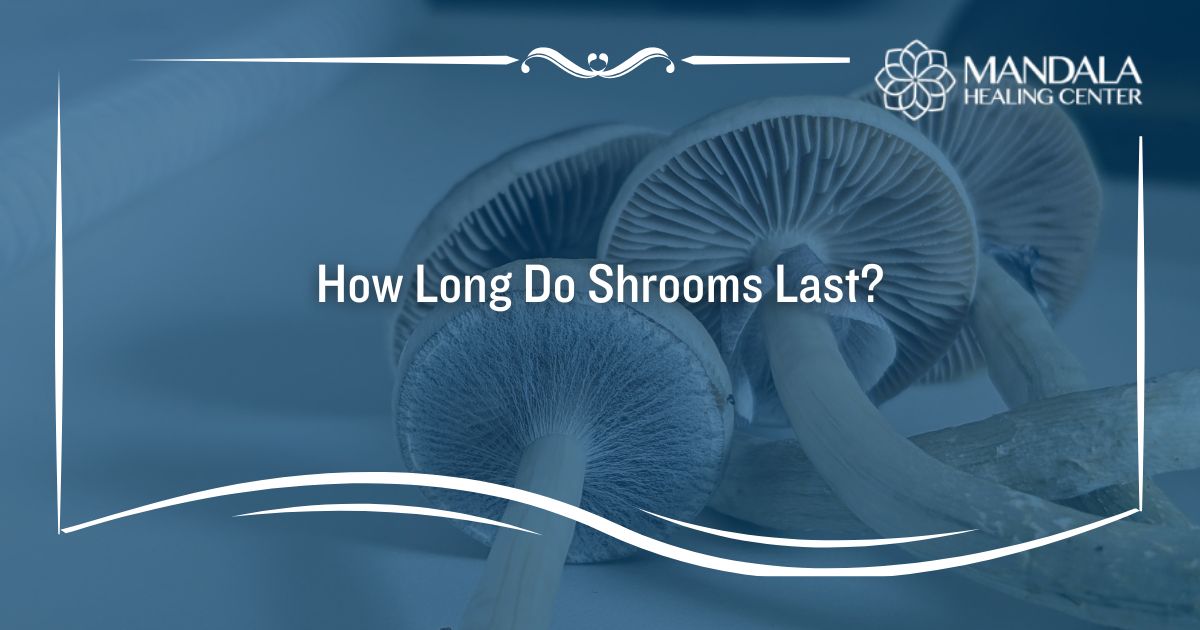Seroquel (quetiapine) is a prescription antipsychotic medication used to treat mental health conditions like bipolar disorder and schizophrenia. It controls psychotic symptoms by balancing the levels of dopamine and serotonin in your brain.[1] You might experience side effects when taking Seroquel, like weight gain, fatigue, and dizziness or drowsiness.
Seroquel is meant to be taken daily. Over time, your brain and body become dependent on it. This means you will experience withdrawal symptoms if you suddenly stop taking Seroquel.
It is possible to become addicted to Seroquel if you abuse it. However, if you take it as prescribed, you will not develop a substance use disorder. It is important to note that whether you are abusing it or not, you should never discontinue Seroquel abruptly.
Withdrawal from Seroquel can last for weeks or even months if you do not gradually taper off it. You might experience symptoms like nausea and vomiting, headaches, mood swings, and even psychosis. Thankfully, these symptoms can be avoided with medical supervision.
In this article, you will learn:
- What are the symptoms of quetiapine withdrawal?
- How long does Seroquel’s withdrawal last?
- How is Seroquel withdrawal treated?
What are the Symptoms of Seroquel Withdrawal?
Seroquel is considered a second-generation antipsychotic (SGA) or an atypical antipsychotic. Medical professionals prescribe it to treat mental health conditions like bipolar disorder or schizophrenia.
While it is not considered a controlled substance, it can be abused. If you take Seroquel in higher doses than you are prescribed, you will develop an addiction. Whether you abuse it or not, you should avoid suddenly stopping Seroquel.
The symptoms of Seroquel withdrawal may include:[2]
- Dizziness
- Excessive sweating
- Nausea and vomiting
- Increased heart rate and blood pressure
- Insomnia
- Abdominal pain or diarrhea
- Irritability or agitation
- Restlessness
- Withdrawal dyskinesia (abnormal or involuntary movement of upper body or facial muscles)
- Rebound mental health symptoms like psychosis or suicidal thoughts.
Quetiapine withdrawal can cause severe psychological symptoms, you should never quit cold turkey. Instead, contact the doctor who prescribed it to you to discuss tapering off it.
The Seroquel Withdrawal Timeline
How long Seroquel withdrawal lasts depends on a variety of factors. For example, the dose you were taking, how long you were on it, and whether you abruptly quit the drug can all play a role. That said, there is a general timeline that most people follow when they quit taking Seroquel suddenly.
Seroquel withdrawal occurs in stages, including:
Stage 1: New Withdrawal
The initial symptoms of Seroquel withdrawal will occur within 1 to 4 days after your last dose. Most of your symptoms will continue for up to 4 weeks. The “new withdrawal” stage of quetiapine withdrawal includes the entire acute withdrawal process.
You might experience insomnia, vomiting, diarrhea, paresthesia, dizziness, hypertension, agitation, anxiety, sweating, and more. You could also develop a movement disorder during this time.
Stage 2: Rebound Withdrawal
Rebound withdrawal is the process of the mental health symptoms you were treating with Seroquel returning. They might be more severe than before you began taking Seroquel. This is because your brain has not adjusted to the lack of the medication yet.
You might experience severe depression, suicidal ideations, mood swings, and psychotic symptoms like paranoia, delusions, or hallucinations. This stage of withdrawal occurs at the same time as new withdrawal but can last much longer. You might need to start taking a new medication to manage your symptoms.
Stage 3: Post-Acute Withdrawal Syndrome (PAWS)
Post-acute withdrawal syndrome (PAWS) is a condition that is characterized by experiencing withdrawal symptoms longer than the typical 4 weeks. It usually involves psychological symptoms like insomnia, mood swings, anxiety, depression, and more. PAWS can last for weeks or even months after your acute withdrawal symptoms end.
How is Seroquel Withdrawal Treated?
Coming off of Seroquel safely requires a tapering schedule. You should never abruptly stop taking Seroquel, as this is how you develop severe withdrawal symptoms that can persist for a month or more.
It is not necessary to attend a medical detox program to come off of Seroquel if you were taking it as prescribed. Your doctor will put you on a tapering schedule that allows you to gradually come off of the medication. This can take up to 2 weeks depending on the dose you were prescribed.
If you were abusing Seroquel, you should seek help from a medical detox program. During detox, you will also be tapered off of the medication. However, you will receive additional services like behavioral therapy, psychological support, and medical treatments to ensure you remain stable and sober throughout the process.
Once you complete detox, you can transition into an addiction treatment center. These programs will help you overcome the root causes of your substance abuse to lessen the chances of you relapsing in the future. You will also learn vital coping mechanisms that prevent you from feeling the need to abuse drugs like Seroquel.
Find Help for Seroquel Abuse
If you or a loved one suffers from Seroquel addiction, it’s time to seek professional help. The Mandala Healing Center is a comprehensive addiction treatment program that offers a combination of medical detox, behavioral therapy, and relapse prevention planning.
Contact us today to learn more about our Seroquel abuse rehab program.
References:
- The National Alliance on Mental Illness (NAMI): Quetiapine (Seroquel)
- Psychiatry Online: Quetiapine Discontinuation Syndrome


